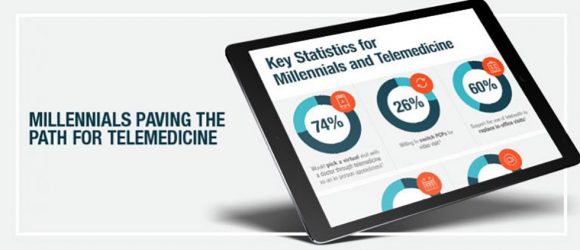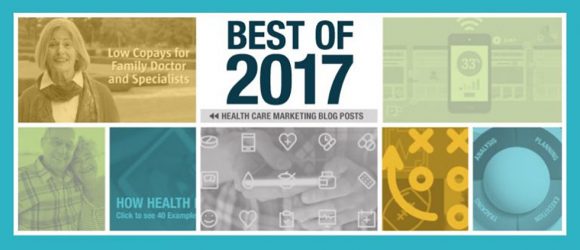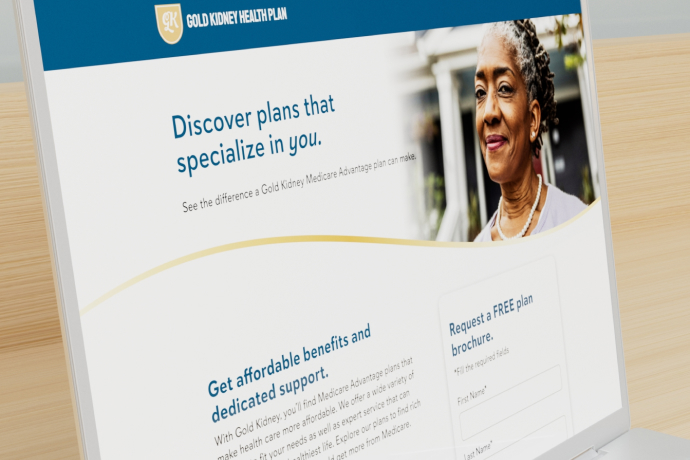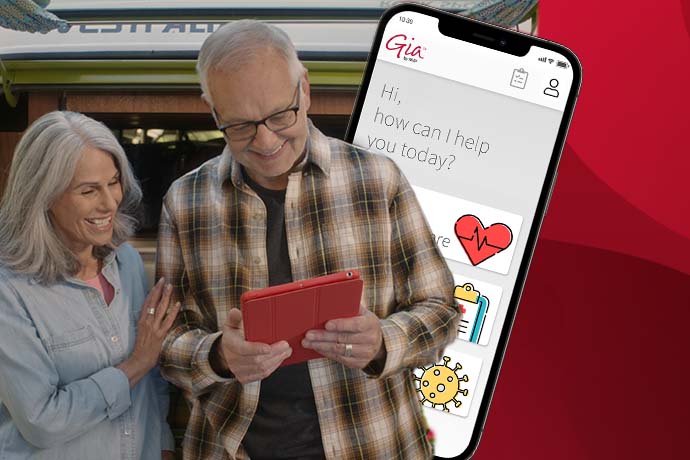What Healthcare Marketers Can Learn from the Viral HuffPost Piece on Millennials’ Financial Future
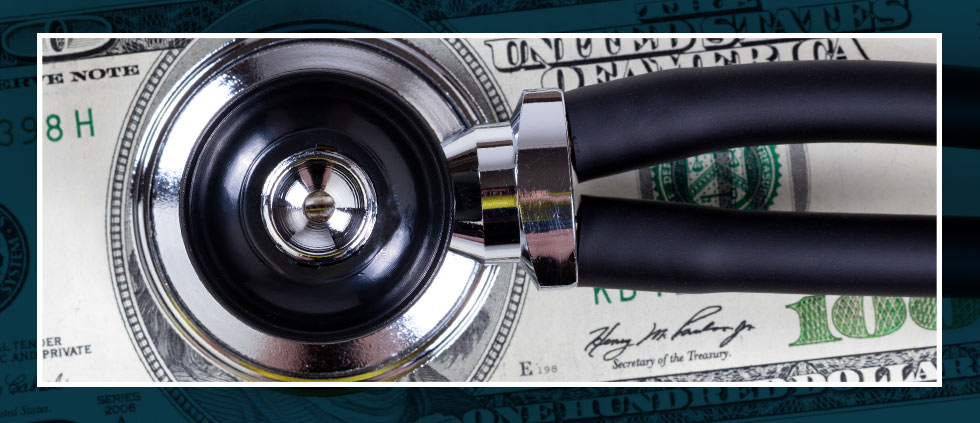
When the Huffington Post article on “why Millennials are facing the scariest financial future of any generation since the Great Depression” first came out, it quickly made the rounds both on social media and at the “watercooler” here in the office. The reason? Its format is as surprising as its message, and both are aimed squarely at one audience: those who misunderstand Millennials.
Marketers are as guilty of this as any other group. Cue the string of posts about how marketing campaigns fall short: “Cringe-Worthy Attempts to Market to Millennials” (AdWeek), for example, or “5 Reasons Your Millennial Marketing Efforts Failed” (Inc.). But the interactive content in the HuffPost piece seeks to debunk the myths, relying on a combination of research and personal experience to tell a compelling story. Written by Michael Hobbes and presented via clever typography by Jason Wong, the content – and its delivery – have a lot to teach healthcare marketing teams.
When targeting Millennials, voice and tone really matter.
This article checks all the boxes. It’s authentic, it’s credible and it’s honest. Instead of being about Millennials, it’s “boots-on-the-ground.” Writing in first person, Hobbes establishes what’s at stake for himself as a Millennial. He bolsters his credibility by doing his research, and his honest, no-nonsense – and sometimes confrontational – approach establishes a kind of urgency that’s in sync with his message. Marketers should recognize the value in raising Millennials’ voices instead of their own. However, since some messaging will always come from the brand and not the consumer, marketers can take direction from the voice and tone in this piece.
Experiences speak to Millennials.
The delivery mechanism for Hobbes’ article matters a whole lot to how the content is received. In addition to contributing to the buzz (which shouldn’t be overlooked), its unique presentation makes it easier to get through a lengthy piece about a weighty subject. The interactivity – achieved when the reader’s scrolling triggers animation – not only entertains and sustains interest but also offers breathers and breaks at several points as the reader moves down the page. Hobbes is speaking to the reader through an experience, an approach that can help brands as they try to engage this audience.
Don’t “dumb it down” for Millennials.
The HuffPost content is deep. The issues facing Millennials are complicated, and this article waters none of it down. It does not oversimplify. Millennials are dealing with weighty issues, and as a result, marketing doesn’t have to treat them like kids. (They’re not kids, after all). And marketing doesn’t have to be light and fluffy. Even though that can be fun and often endearing, it’s equally important that marketing – particularly in industries like healthcare – also offer substance. As Hobbes and Wong have shown, it is possible to deliver complexity in a way that’s digestible and attention-getting.
Understand Millennials’ relationship to healthcare… and rethink products aimed at them
Hobbes makes a really compelling argument when he says, “This is what it feels like to be young now. Not only are we screwed, but we have to listen to lectures about our laziness and our participation trophies from the people who screwed us. … What is different about us as individuals compared to previous generations is minor. What is different about the world around us is profound.” He’s not wrong. And like the world in general, the healthcare landscape and its offerings are different for Millennials than it was for previous generations.
In 1980, 4 out of 5 employees were insured through work, while today just over 50 percent are. As this piece points out, 26- to 34-year-olds have the highest uninsured rate in the country with Millennials owning even more collective medical debt than baby boomers. Millennials’ decision to not invest in health insurance and the generation’s growing medical debts mostly come down to the staggering costs of healthcare plans, premiums, deductibles and out-of-pocket limits. If insurers want to get Millennials invested in their own healthcare, they must present healthcare solutions targeted to young people. It’s clear that Millennials are unlikely to accept the same old products and services that have already been offered… even if the packaging and pitch are refreshed with them in mind.
Healthcare marketers are instrumental in understanding the relationship between Millennials and their needs, and communicating how their offerings best answer to this generation’s health and financial needs. According to Hobbes, the solutions currently being offered aren’t enough. They haven’t been working. He has our attention. How will we rethink products, services and marketing in response?





